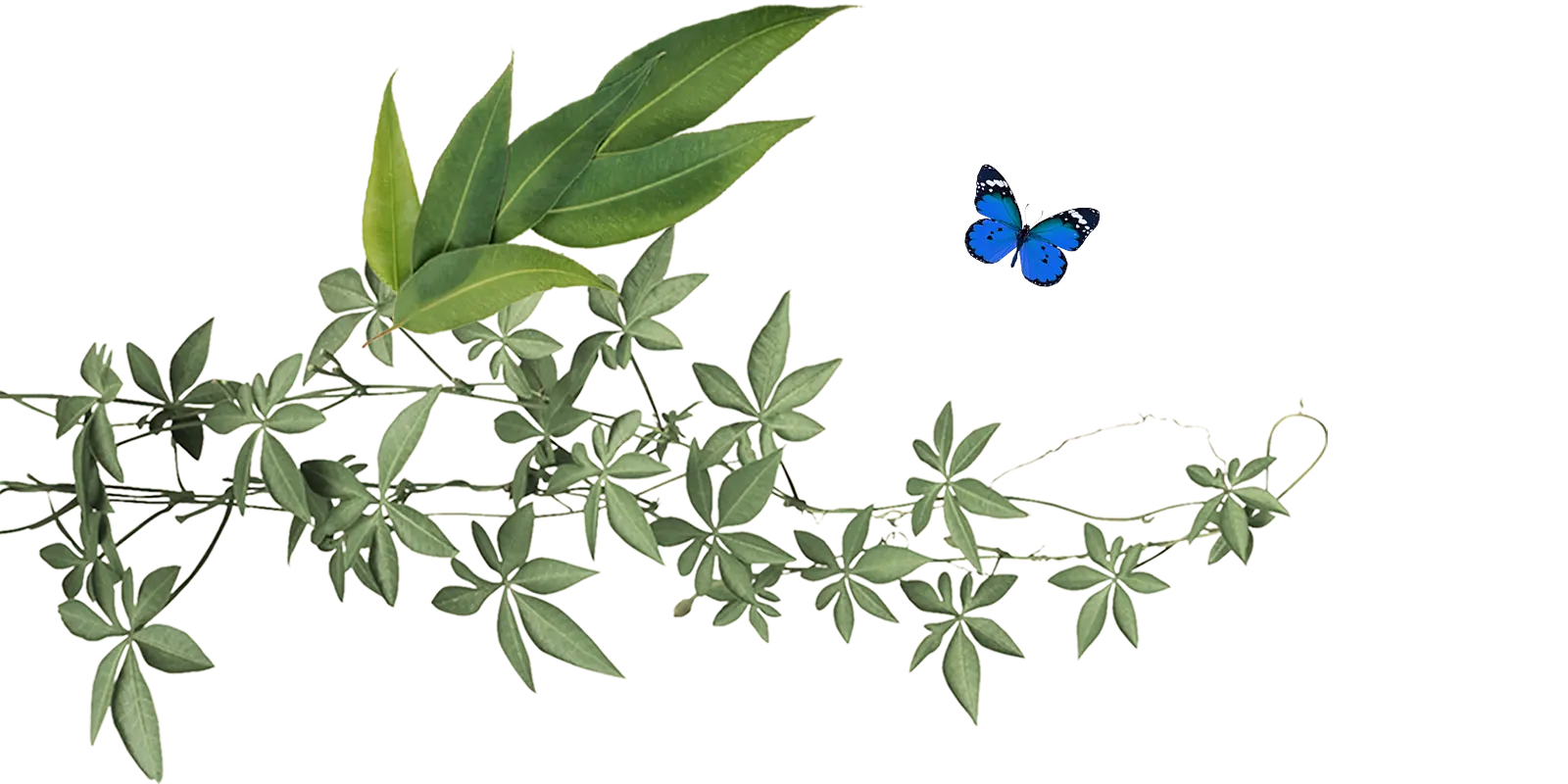Regenerating habitats brings life back to what has been destroyed, it repairs water cycles that can fundamentally change regions, and it allows us to create a legacy. By restoring and regenerating habitats, we are honouring the future. We are planting the seeds for distant, thriving, regenerative societies.
Why is this important?
Currently about twenty-five percent of ice-free land on earth is degraded due to human activities. This is impacting up to 3 billion people who depend on these lands for their livelihood. Ocean acidity and temperatures have increased due to global warming and just 13 percent of the world’s oceans have intact marine ecosystems.
When we destroy the likes of forests, mangroves, soils or seagrasses, we not only release more carbon that will intensify global warming, but we also destroy the life in those ecosystems. Life that supports us. The foundations of our society are built on the health of our soils and our seas. Without urgent regeneration, their demise will ultimately lead to our own.
How are others attempting to restore and regenerate habitats?
There are many ways that people around the world are attempting to regenerate habitats. Below is a small sample. If you have any further examples that you think should be on this list, please get in touch.
Reforestation
There are currently around three trillion trees on earth – a staggering number – yet only half of the trees that were on earth in the early days of human civilization. We lose around 10 billion trees a year to deforestation and fires.
Reforestation means regenerating those forests that have been lost or cut down. Forests that impact the planet’s water cycles, store vast amounts of carbon and provide homes for a dazzling array of life.
Afforestation
Afforestation differs from reforestation as it involves the planting of trees, on a small or large scale, on parts of land that have not previously been forested. A recent study estimated that there are two billion acres available worldwide that could grow up to a trillion extra trees. This would not only be enormous for carbon capture but would create habitats for wildlife, reduce soil erosion and positively impact small water cycles across the planet.
Key questions that need asking though are what trees should we plant? Should they suit warmer climates than today? On whose land? What unintended consequences could afforestation have? And have we consulted with traditional Indigenous custodians?
Proforestation
Proforestation is the practice of protecting intact forests and letting degraded forests recover and mature. Of the 11 billion tons of carbon humans emit each year, 5.8 billion are sequestered (or taken in) by land, plants and oceans. Of these three, forests are the greatest remover of carbon dioxide on the planet and mature forests are responsible for the majority of that sequestration.
Scientists now understand that trees keep accumulating significant amounts of carbon to almost the end of their long lives. They have found that proforestation would have a forty times greater impact between now and 2100 than newly planted forests.
Seaweed regeneration
Seaweed is a diverse family of 14,000 species. Giant kelp once swayed in ancient underwater forests for miles off shorelines across the world. But with agricultural chemicals running into the sea and oceans warming from climate change, these great storers of carbon and breeding grounds for marine life have been decimated. Many people are trying to bring them back.
Apart from sequestering large amounts of carbon, some seaweeds absorb nitrogen from polluted waters, others can lower methane emissions (although more research is required due to some varieties of seaweed that can damage the ozone layer if grown in large amounts), while many seaweed varieties have remarkable health benefits. Seaweed farming, or seaforrestation, is being recognised as a crucial component of Regeneration. Permits, legislation and designs that will allow seaweed to scale to the size it needs to be - is still a work in progressh
Degraded land restoration
The simplest step to restoring degraded land is removing the constraints on natural regeneration. For example, carefully managing livestock instead of overgrazing can allow grasses and vegetation to grow back. Regeneration is the default mode of nature. She has been recovering from disasters for eons, including fires, floods and even asteroid strikes.
There are circumstances, however, where humans will have to step in and assist the regeneration process. This could be through tree planting, building soil health, healing waterways, removing certain introduced predators or re-wilding.
Agroforestry
Agroforestry is an agricultural practice that has been used for centuries and involves a dynamic and varied combination of trees, woody perennials, annuals and animals. It can scale from less than an acre, to thousands of acres supporting entire communities. Many mountain sides of Tanzania, have avocados, bananas, coffee beans, pumpkins, chickens and goats all existing together in small areas of land, providing abundance for their local residents.
In a world of climate fluctuations and soil erosion, the combination of food, shade, moisture, healthy soil and thriving biodiversity provides economic and ecological resilience and presents what many scientists and practitioners have touted - an ideal solution.
Featured stories

Fools and Dreamers

The Odonata story

How we regenerate Australian landscapes
Some of these solutions are featured in our short film - Regenerate Australia. Find out where you can see the film.
Regenerative actions you can take on
We believe every one of us has a role to play in Regeneration. If you are interested in helping out, here are some actions we have identified that you could take on in your life.




